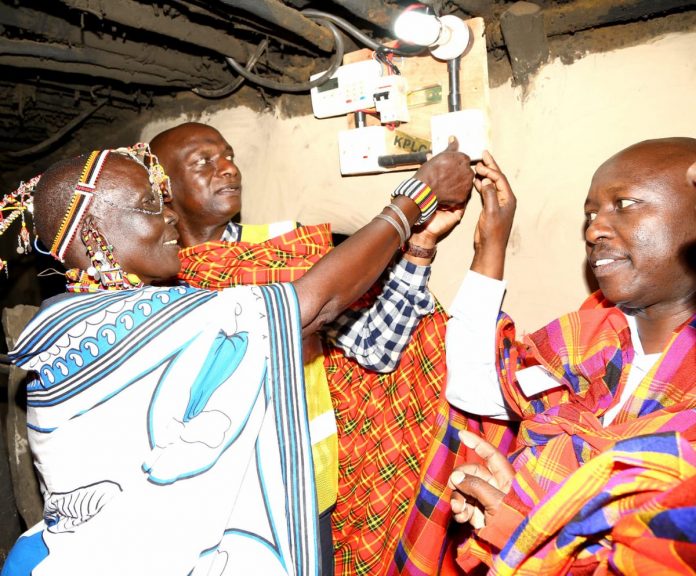Kenya leads Africa in the pace at which it is electrifying its population through a mix of grid and off-grid power connections.
Kenya connectivity pace is also among top three fastest across the globe, alongside Afghanistan and Cambodia. The three countries have electrified their populations at annual rates exceeding seven percent since 2010, way above the global average electrification rate of 0.3 percent.
This is according to the Tracking SDG 7: The Energy Progress Report, released jointly by the International Energy Agency (IEA), International Renewable Energy Agency (IRENA) and the World Bank.
“Cambodia and Kenya relied more on integrated planning that combined grid and off-grid electrification, public financing, and incentives for the private sector,” the report reads.
“Regulatory Indicators for Sustainable Energy (RISE) suggests that, since 2010, programs supporting mini grids and standalone systems have benefited from a strong regulatory push, more so than grid electrification,” it adds. Off-grid solutions are particularly proving crucial to improving access in remote villages.
Kenya’s electrification rate has outpaced its population growth, boding well for its socioeconomic fortunes, notes the report which tracks the 2010-2018 period. The government, with funding support from the World Bank, has rolled out last-mile connectivity project, hooking thousands of rural homes to the national grid at subsidised rates and with flexible repayment plans. Kenya has set a universal access target of 2022, encouraging private investors to offer off-grid solar solutions to remote areas outside the scope of the national grid.
In Afghanistan, electrification has been driven primarily by humanitarian groups, whose efforts have transformed it into the country with the most mini-grids in addition to deep off-grid solar penetration.
Despite Kenya’s impressive run, it still belongs to bottom 20 countries suffering from high electricity access deficits. The report indicates that the country has a power access rate of 75 percent, meaning three-quarters of the population have an electricity connection while the remaining 13 million are still in the blackout. This rate falls below the world’s 90 percent average access rate.
“Among the 20 countries with the largest access deficits, Bangladesh, Kenya and Uganda showed the greatest improvement since 2010, thanks to annual electrification growth rates in excess of 3.5 percentage points, driven largely by a comprehensive approach that combined grid, mini grid and off-grid solar electrification,” the report says.
Compared to Kenya’s seven percent annualised increase in power access, Uganda has managed four percent over the 2010-2018 period, Tanzania (three percent) and one percent for Ethiopia.
“Almost three-quarters of the 20 major access-deficit countries expanded electrification at a rate of more than one percentage point each year since 2010. Only eight of them, however, electrified rapidly enough to outpace population growth. These were Bangladesh, India, Kenya, Democratic People’s Republic of Korea, Myanmar, Sudan, Tanzania, and Uganda.”
At the very bottom of the list is Burundi and Chad, with the lowest access rates at 11 percent and 12 percent respectively. Least-electrified countries are all in sub-Saharan Africa, majority of which are also least-developed countries.
Since 2010, the report says, more than a billion people have gained access to electricity. As a result, 90 percent of the planet’s population was connected in 2018. Yet 789 million people still live without electricity and despite accelerated progress in recent years, the sustainable development goal (SDG) target of universal access by 2030 appears unlikely to be met. This is especially so since the Covid-19 pandemic has seriously disrupted electrification efforts. Regional disparities persist, though. Latin America and the Caribbean, Eastern Asia and South-eastern Asia are all approaching universal access but sub-Saharan Africa lags behind, accounting for 70 percent of the global deficit.
Read also: Nigeria now has largest population without electricity globally



